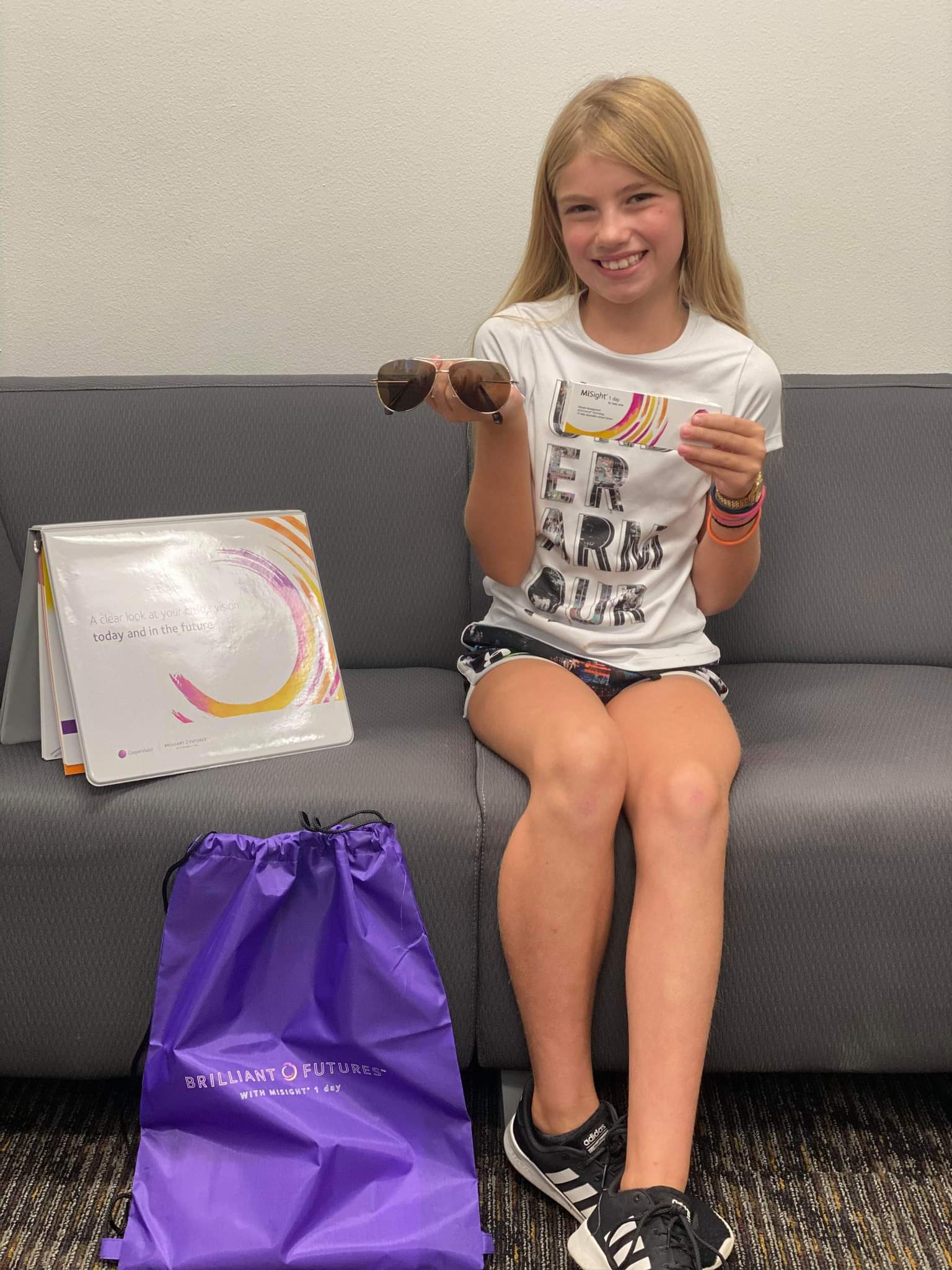 Myopia is an eye condition that causes one to be nearsighted or shortsighted. If you have myopia you will have a ‘refractive error’ which affects how images are transmitted into your brain leading to nearsightedness. Studies show that in recent years, cases of myopia have increased at an alarming rate affecting more than 30 percent of the US population alone. Like most visual disorders, myopia is not life threatening. However, its effects can be reduced by diagnosing the condition at an early stage.
Myopia is an eye condition that causes one to be nearsighted or shortsighted. If you have myopia you will have a ‘refractive error’ which affects how images are transmitted into your brain leading to nearsightedness. Studies show that in recent years, cases of myopia have increased at an alarming rate affecting more than 30 percent of the US population alone. Like most visual disorders, myopia is not life threatening. However, its effects can be reduced by diagnosing the condition at an early stage.
Common Causes
In case you have myopia, you will either have a curved cornea or an unusually long eyeball, which will affect your vision, causing distant objects to appear blurry. While the cause of myopia is not yet clear, medical experts agree that in most instances, the condition is hereditary. Evidently, most children with both parents and even one parent with myopia are predisposed to the same condition.
Development of nearsightedness may also occur at a later stage of your life depending on your lifestyle and eye usage. If in any case, you spend long hours using devices such as computers, there is a great likelihood that you will strain your eyes leading to myopia. Also, health conditions such as diabetes may also lead to vision disorders such as myopia.
Common symptoms
The main sign of myopia is the inability to view distant objects clearly. For instance, if you are nearsighted, reading road signs will be difficult, but you will clearly see computer screens. If you have regular headaches and squinting eye strain, there is a possibility of early onset of myopia
Treatment/control
Unfortunately, there is no permanent cure for myopia. However, there are treatments and therapies which successfully reduce and prevent the progression of the condition. According to research, myopia is likely inherited, however, in most cases the condition develops at an early age. As such, you should look out for common symptoms of shortsightedness in your children.
Most importantly, you should have the eyesight of your kids tested regularly to diagnose and prevent early onset of the condition. There are various approaches to treating and controlling myopia such as corrective glasses, refractive surgery, and contact lenses.
Glasses/Contacts
When signs and symptoms of myopia are diagnosed at an early stage, the most effective treatment is the use of corrective glasses or contact lenses. An eye expert will conduct the necessary tests to determine the type of glasses or contacts you will need. Even with the use of glasses, you are advised to have regular checkups to evaluate the condition of your eyes. In cases where your condition progresses, progressive additional lenses (PALs) are prescribed.
Contact Lenses
Orthokeratology is a standard and efficient method of treating myopia. It involves the use of gas permeable corrective lenses that are designed to reshape your cornea and reduce the effects of myopia. Studies indicate that orthokeratology lenses are excellent for reducing the progression of shortsightedness both in adults and children.
Surgery
At times, refractive surgery will be recommended since it has proven to be successful in reducing the effects of myopia, and will also reduce your dependence on contacts and glasses. Laser surgeries are the most commonly used in cases of myopia. Such surgeries include corneal rings, LASIK, and photorefractive keratectomy surgery. While all the operations are efficient, Lasik is often used to correct the myopic condition.
Eye experts will advise you on the importance of having regular checkups to diagnose your eye disorders, and why you should go for the appropriate treatment. Regardless of your age, it is important to take precautions which will protect your eyesight such as reducing overuse of eye-straining activities and devices.
